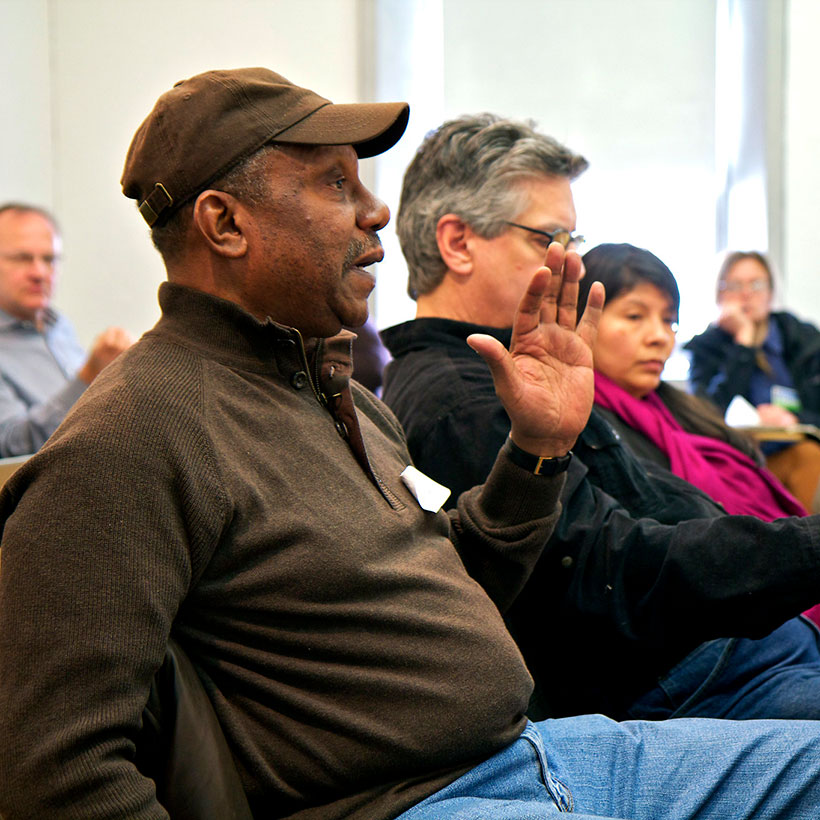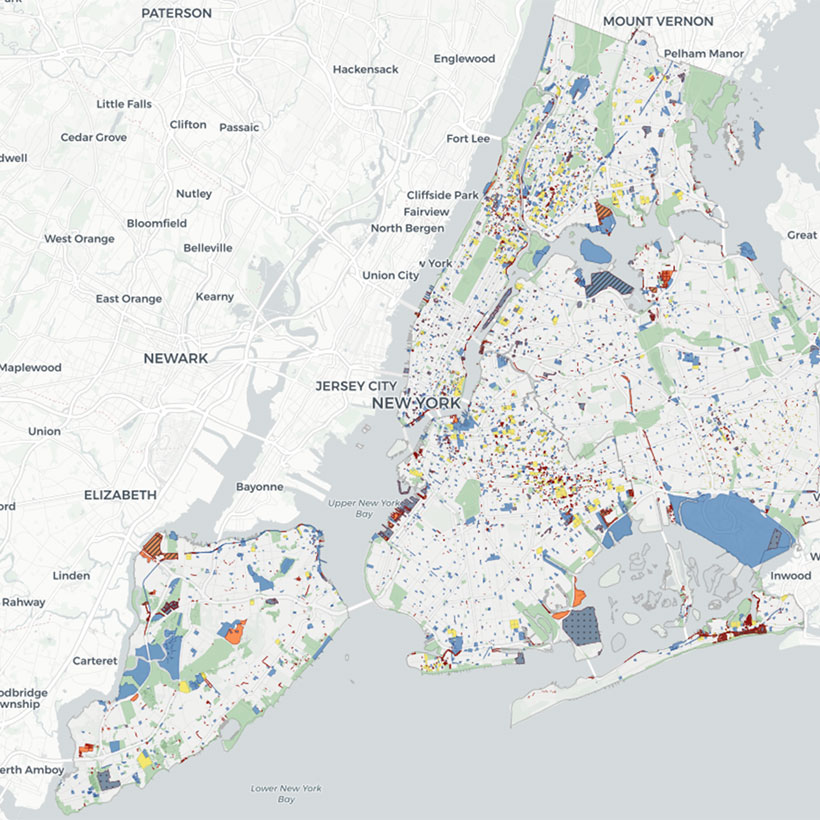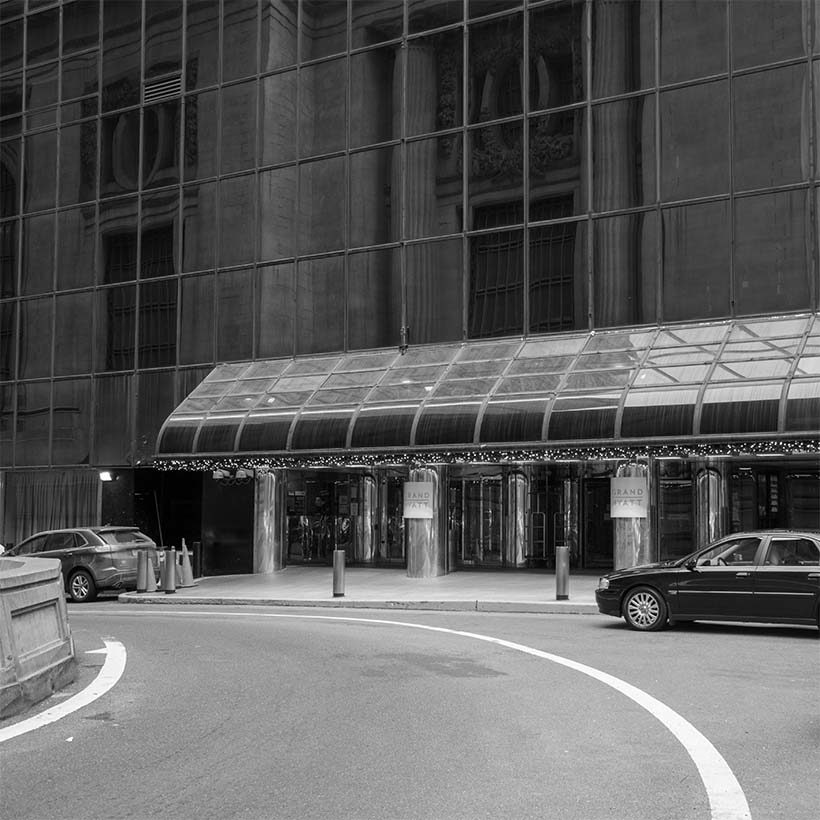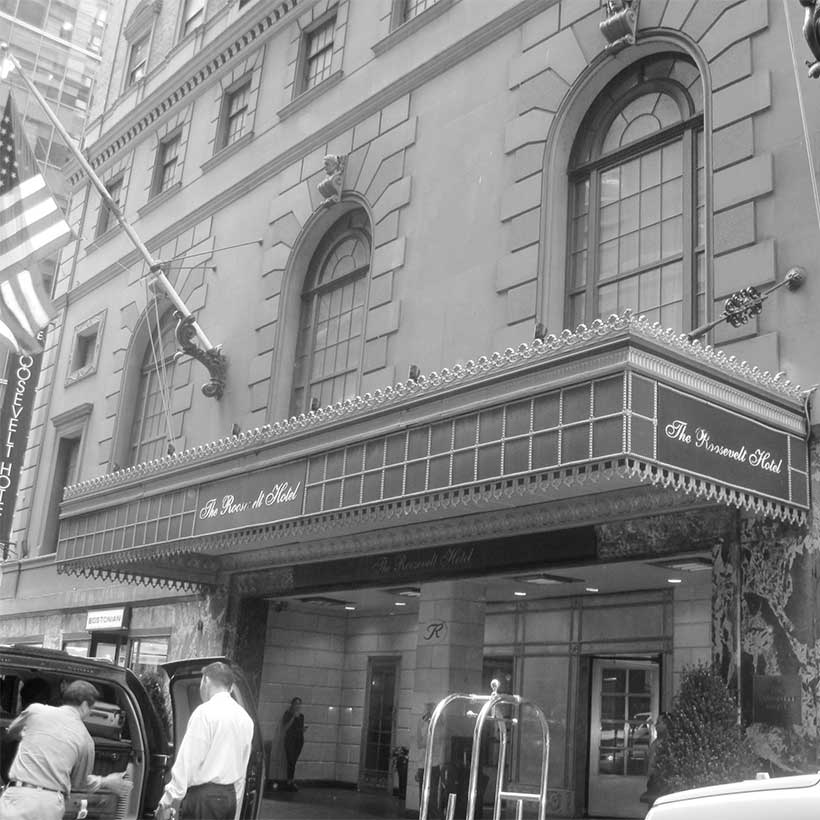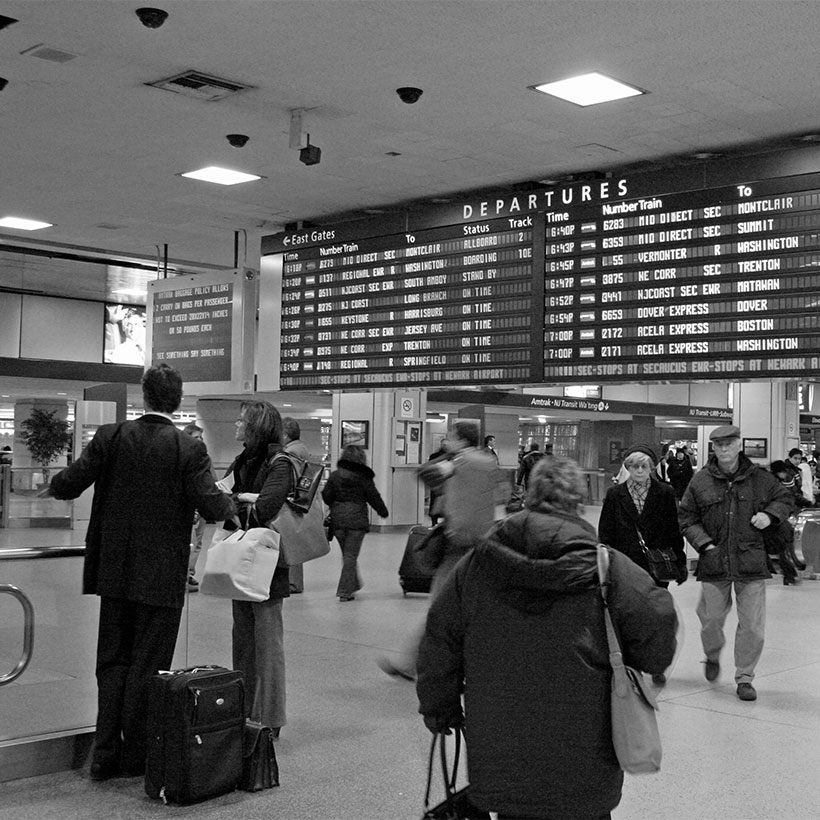Greater Harmony Needed on Project Commodore
Comments to the LPC regarding 71-105 East 42nd Street (175 Park Avenue/Project Commodore)
The Municipal Art Society of New York (MAS) has a long and storied history with Grand Central Terminal. As many of you know, MAS formed the Committee to Save Grand Central, instrumental in securing both its future and that of the Landmarks Law itself. As a result, MAS reviewed the proposed 175 Park Avenue (Project Commodore) through a very protective lens.
The dictionary definition of harmonious is “forming a pleasing or consistent whole,” or “free from disagreement or dissent.” Neither of these descriptions apply to the relationship between the proposal for 175 Park Avenue and Grand Central Terminal.
Download Testimony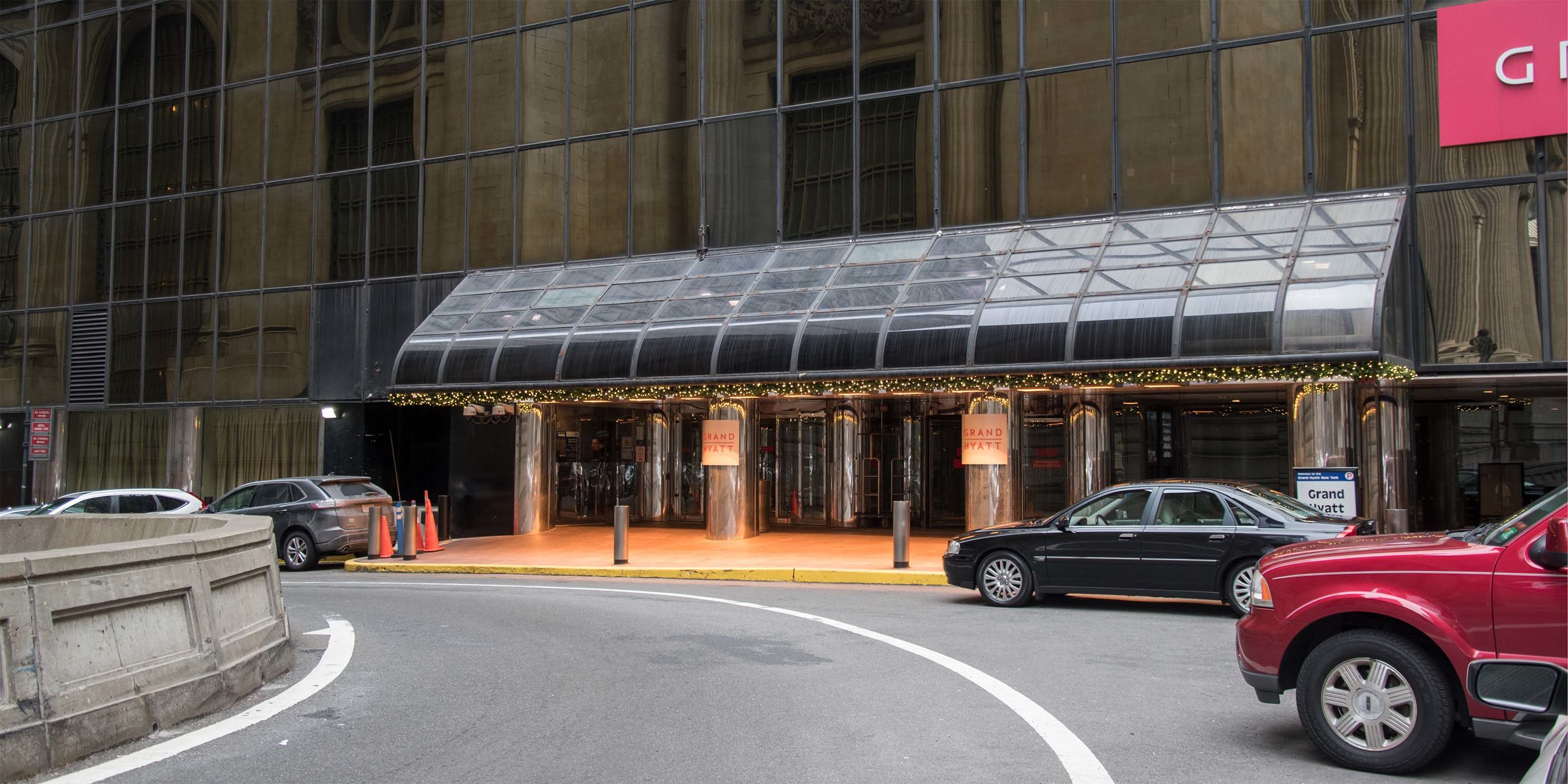
The project team clearly states that their intention was that 175 Park Avenue make referential gestures to Grand Central Terminal in recalling its Beaux-Arts symmetry, relating the expressed beams to the fluted columns, connecting the above grade open space to the Pershing Square viaduct, and stepping back at the street line to open up views of the previously obscured eastern façade of Grand Central Terminal. However, none of these efforts result in a successful dialogue with the neighboring landmark. Instead, 175 Park Avenue’s design reads as a standalone structure with no relation to its historic neighbor.
First, the amalgamation of columns on the four corners of the base are a busy distraction from the visual impact of Grand Central. The configuration of the columns results from the engineering challenge of improving the maze of subway platforms beneath—an outcome that is extremely desirable—however, the column flutes are super-human in scale and their termination at the deck of the plinth is abrupt.
Secondly, the facade at the base is grossly out of scale and not convincingly referential to the Grand Central. The pedestrian experience, especially when coming from the east will be visually overwhelmed by the 175 Park entrance and staircase. Though the improved circulation to the Pershing Square viaduct is a welcome addition, it does nothing to enhance the visual experience approaching Grand Central and may, in fact, obscure the entrance to the landmark.
Meanwhile, the reveal of the eastern façade is, in fact, an ahistorical mitigation of a longstanding historical condition. Given the history of both Terminal City and the Commodore Hotel, the eastern façade of Grand Central was never intended to be seen. The implications of this revisionist correction and how it contributes to the “harmonious” relationship between the two buildings should be questioned.
It is not just the base that has a negative impact. The overwhelming density and dispiriting design of the rest of the tower should not go unmentioned. The building’s footprint alone competes with the scale of Grand Central at the base and then overpowers it with the immense height and bulk of the tower above. It is worth noting that the enormous density results from a series of bonuses, as well as a zoning lot merger, that were never anticipated to be taken in total in the East Midtown rezoning process. In fact, the FAR of the proposed tower exceeds the expected threshold by almost 30%.
While the finding of a harmoniousness is narrowly focused on the relationship to Grand Central, it cannot be ignored that this new building will overwhelm one of the nicest ensembles of 20th Century skyscraper architecture in New York City. The tower’s windswept setbacks have no reference points to the Chrysler Building across the street or anything else in the Midtown skyline. 175 Park Avenue is a series of extruded boxes more appropriate for Dallas or Dubai. Finally, the squat stump of a “crown” stands in stark contrast to the Chrysler’s exuberant and elegant spire. In the end, Project Commodore as proposed, is interruption to the experience Grand Central Terminal and the historic buildings that surround it at both the sidewalk and skyline level.
Although there is no clear criteria for a finding of harmoniousness, the Commission need only refer to its own discussion of One Vanderbilt. In 2015, it was stated that along 42nd street, harmoniousness constitutes a visual relationship wherein a new building will not detract from the impact of Grand Central. With this in mind, it seems impossible for the Commission to find that 175 Park Avenue meets the standard of harmoniousness.

